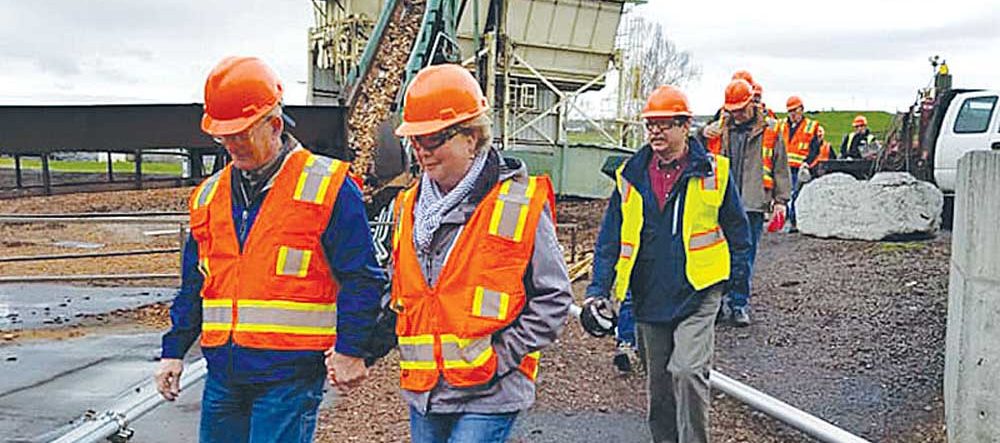Farmers blow whistle on Oregon wind project damage
Published 9:00 am Thursday, November 4, 2021
MORO — Oregon regulators are requiring an energy developer to remedy erosion problems at a wind turbine project, but local farmers say irreparable damage has already been done.
Over the summer, several wheat growers in Sherman County complained that construction on the 29,500 acre Golden Hills Wind Project was proceeding during high winds, causing severe soil loss.
Officials from the state Department of Energy inspected the site and have requested that Avangrid Renewables, the developer, take “corrective actions” for inadequate soil stabilization and improperly maintained or installed silt fences at turbine sites.
During subsequent site visits, agency officials discussed additional measures that Avangrid had taken to prevent erosion.
“We absolutely found issues that needed to be corrected,” said Sarah Esterson, senior policy adviser with energy department’s siting division. “We believe we’ll be following this issue for another year if not more.”
A representative of Avangrid Renewables did not respond to requests for comment.
Farmers said some of the erosion damage cannot be undone, and Clint Moore, who farms in the project area, said the state government’s push to develop more renewable energy contributed to the problem, because the agency doesn’t want to slow down construction.
Regardless of the type of project, every proposal gets “fair and unbiased” treatment through the state’s energy facility siting process, said Todd Cornett, the energy department’s assistant director for siting.
“We try to be agnostic in everything we do,” he said.
Aside from ensuring the project complies with erosion control conditions, the agency will be consulting with agricultural experts to minimize the effects on agriculture, Cornett said. If necessary, the agency will require compensation measures.
“We don’t know those yet because we haven’t gotten to that place,” he said.
Cornett said the agency was “very responsive” since the farmers raised their concerns, but it doesn’t have a “spelled out” system of consequences and needs to assess the “legal path” ahead.
“We’re still early on in figuring that out,” he said, adding that similar problems haven’t occurred with previous wind projects. “This is the first time we’ve dealt with this particular issue.”
In the future, the agency may require a “phased” approach, minimizing the amount of land that’s disturbed at one time and preventing construction from outpacing the erosion-control materials available on-hand, Esterson said.
“It seemed like things happened too quickly without controls and it took us about a month to get on top of it,” she said.








